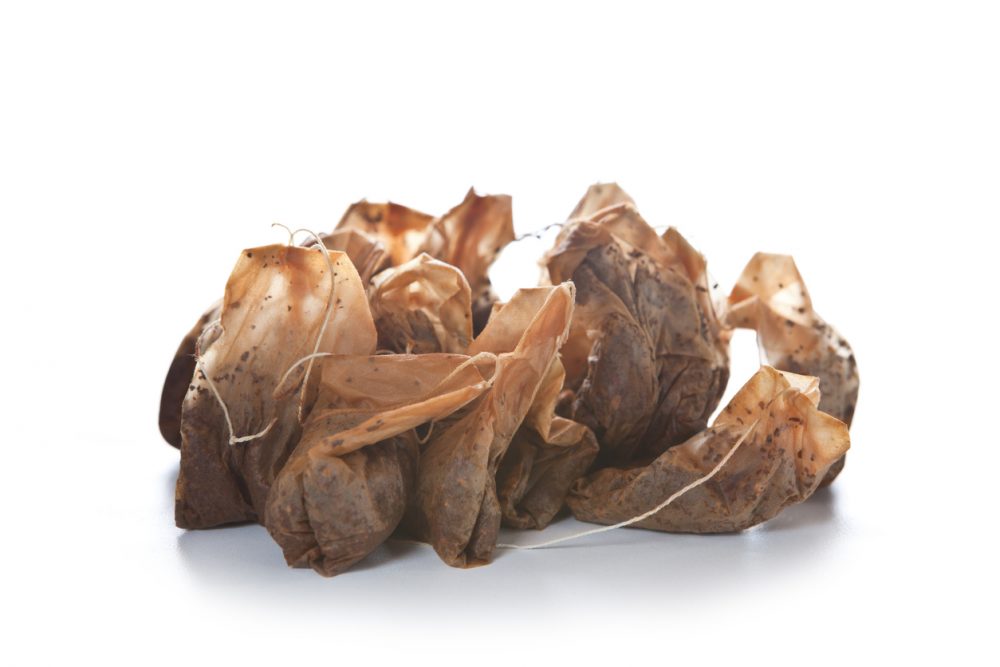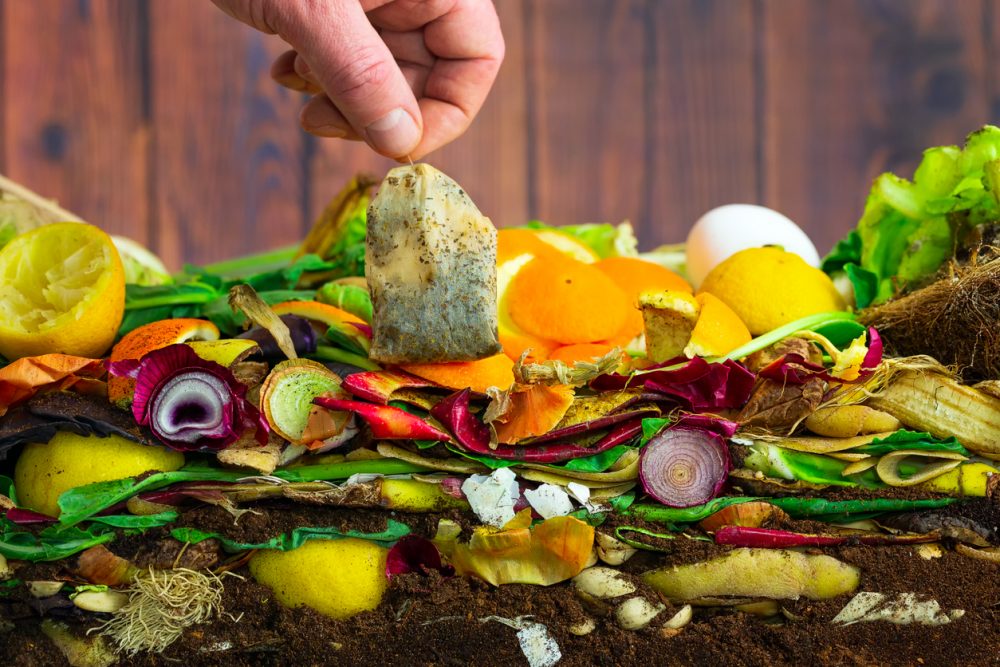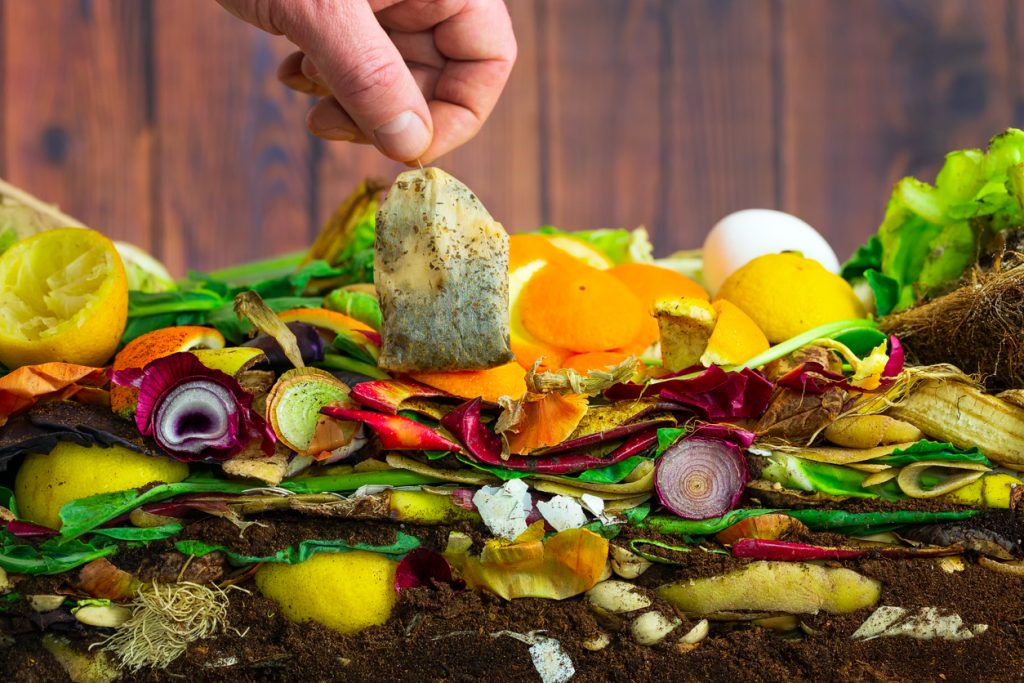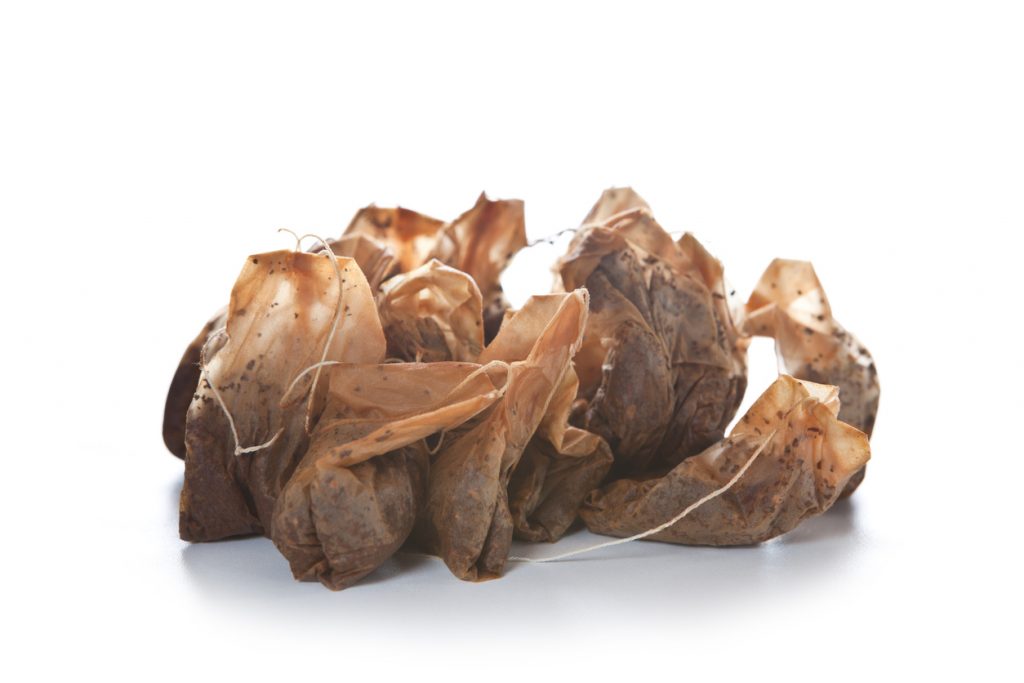Composting Tea Bags – How Good Are Tea Bags In The Garden
More than ever, composting tea bags is catching on as people become more aware of eco-friendly practices. Whether you see it as an efficient way of recycling waste or you really like to try composting any organic thing left on the kitchen table, composting tea bags benefits both the garden plants and the environment.
But as with all good plans, there are usual snags that pop up along the way and make you wonder if you’re really helping your plants. Although tea leaves are an excellent organic material for composting, the bags they come in are anything but organic. Read on to find out how to pick the right tea brands to compost and how composting tea bags should be done.
All about Composting Tea Bags
So what exactly is compost tea, and where did the idea of composting teabags first originate? Composting tea works the way you might expect. You collect the tea bags, add water, and allow oxygen in to help the microorganisms brew it into first-rate compost.
The difference between compost tea and other types of fertilizers is that the tea usually contains a high number of good microbes. These microbes usually compete with other bacteria in the soil over resources. If you have more good bacteria than bad pathogens in the soil, your plants will grow to be healthy and suffer from few fungal- and bacteria-related diseases. So it’s in your best interests as a gardener to compost your tea bags.
These same microbes that you pour into the soil along with the tea compost will break down the nutrients in the compost and the soil. They turn the nutrients into soluble material that the roots can absorb easily, along with the moisture in the soil.
Moreover, the tea bags themselves contain organic materials that assist in the composting process. So in a way, composting tea bags is a self-sufficient process. This is in contrast to composting other materials such as mushroom or banana peel that require manure, gypsum, and other ingredients to help “cook” the compost.
That’s all good and dandy, but what about the plastic in the tea bags? Over the past few years, more gardeners have found plastic particles in the soil after using tea bags compost. As we’ll see later, this is a serious problem, and we’ll discuss how to get around it and make 100 percent organic compost from tea bags.
Benefits of Composting Tea Bags
So what makes composting tea bags different from other food leftovers? We already mentioned the plethora of good microorganisms that accompany the tea bags, from brewing all the way to fighting off bad bacteria in the soil and breaking down the organic materials in the soil. But here are some more benefits to consider.
- Tea compost improves the soil’s capacity to hold nutrients and moisture.
- The tea leaves contain about 4.4 percent of nitrogen, 0.25% phosphorus potassium, and 0.24%.
- Strengthens the roots and promotes the development of a robust root system.
- Fights off soil pathogens and bad bacteria.
- It encourages the decomposition of other organic materials in the soil.
- Increases the plant’s tolerance to different weather conditions, including high temperature.
- It improves the soil’s stability and leads to looser and more porous soil for healthier plants.
- Reduces the number of diseases and root problems that you have to deal with as a result of diminished pathogens in the soil.
Composting Tea Bags and Plastic
But before we get to the actual process of composting tea bags, we need to address the elephant in the room. It’s a plastic elephant, and it can cause serious problems to the plants if you use the wrong tea bag brands. Because believe it or not, plastic particles have found their way into the making of tea bags. So when you compost those tea bags, the tiny plastic particles will end up in the soil and cause harm to the plants.
It all started in 1971 when a study found that composting tea bags along with the tea leaves made for a more potent and well-balanced compost tea. Even though tea bags are classified as biodegradable materials, the reality is very much different. These small bags dangling from a string have more polypropylene or non-biodegradable plastic than you can imagine.
Even the tea bags listed as 70 percent or 80 percent biodegradable shouldn’t be composted. That’s because this listing includes the tea leaves themselves in the calculation. So if you consider that the tea leaves make up about 70 to 80 percent of the whole weight of the tea bag, that means the bags are fully non-biodegradable.
So what can you do about it? Well, you have two options here.
- Use only fully compostable tea bags from trusted brands. We list some of the top brands that you can compost their tea bags below.
- Rip open the tea bags and only use the tea leaves to compost. This might add a few more steps to the process of composting tea bags, but it will ensure your compost tea is fully organic and plastic-free.
How to Compost Tea Bags
Although removing the tea bags before you compost the tea leaves eliminates most of the plastic components out of the resulting compost tea, there’s still a lot to be said about the crucial role the tea bags play in the composting process. This is especially true of some of the tea bag brands we list below that use organic materials such as hemp to make the bags. Here we detail the steps you’ll follow for composting tea bags.
- Pick a clean plastic container for the composting. It should hold a gallon of water for every tea bag you use. If you have a large garden, you can start with a 3-gallon container.
- Fill the container with water with temperatures between 60 degrees and 100 degrees Fahrenheit. If the temperature drops below 60 degrees F, the micro-organisms in the brew will go dormant. Higher temperatures above 100 degrees F will kill them.
- Drop a tea bag of your choice for each gallon of water in the container. You can remove the string and paper tags since they don’t contribute to the brewing.
- Use a fish tank air pump to oxygenate the water. Turn it on for brief periods to improve the oxygen levels in the container. Don’t leave the air pump unattended since it might create foam.
- Leave the container in a dark and warm place for 24 hours. You can use a heating mat under the container to keep the water temperature above 60 degrees F.
- The microbes in the tea leaves will get to work breaking down the organic materials in the tea leaves as long as there’s enough oxygen in the water and the temperature is adequate.
- After the compost tea is ready, you can fish out the tea bags and use the brew for fertilizing your plants.
Which Tea Bags to Compost
The question of which tea brands offer fully compostable tea bags and which don’t is a thorny issue. Many tea manufacturers go up in arms if someone points a finger at the obscene amounts of plastic particles in the tea bags they sell. So rather than uncover the rotten apples in the basket, we’ll just focus on the good tea brands that you can safely compost.
Yogi
A lesser-known tea brand that only sells in large stores. However, if you can get your hands on their tea bags either online or from a local retailer, you will have top-rate compost tea. Their tea bags are made from tree pulp and hemp. Both are excellent organic materials that enhance the composting of the tea leaves and contribute a few nutrients of their own to the brew.
Tazo
Another company that makes tea bags fully safe to compost. The bags are made of hemp, which is biodegradable. However, the staples are made of aluminum. Although aluminum doesn’t rust in or out of the water, there’s still a chance it would leave trace amounts of the metal in the brew.
Bigelow
The company has two main products. Regular size tea bags and large tea bags. If you want to compost tea bags from Bigelow, then buy the regular size product. These tea bags are both bleach- and dioxin-free. The large-size tea bags are a different story since they are heat-sealed and contain thermoplastic fibers.
How to Use Compost Tea
Experts recommend that you use your compost tea within the first 36 hours after composting it. That’s because the brew usually has enough oxygen to sustain the microorganisms for that long. You will need both the nutrients in the brew as well as those good bacteria to enrich the soil and make the plants healthier.
Fill a spray with the compost tea and apply it to your veggies, flowering perennials, and turfgrass during the growing season. Although rich in nitrogen, the compost tea poses no risk on the roots of the plants.
And before you throw away the used-up tea bags, go ahead and rip the bags open. Use the tea leaves leftovers to line up flower beds and rows of veggies. It will act as superior-quality mulch that will eventually break down and fertilize the soil.
Tips for Composting Tea Bags
Although simple and straightforward, the process of composting tea bags is fraught with perils. Not least of them is using non-biodegradable tea bags and infusing your soil with tiny plastic particles that might end up in the food you eat. So here are a few tips to guide you through this process.
- Don’t use tea bags that contain synthetic fiber. The heat of the water will release them into the brew. They are hard to remove from the soil, and they don’t degrade.
- When in doubt, rip the tea bag open and only use the tea leaves to compost.
- Use tea bags from different brands to create a well-balanced compost tea.
- If the whole tea bag and plastic issue proves to be a hassle and you can’t get your hands on fully biodegradable tea bags, take the bags out of the equation. Just use loose tea leaves to compost and create a nutritious fertilizer. You’ll be doing the environment a big favor this way.



